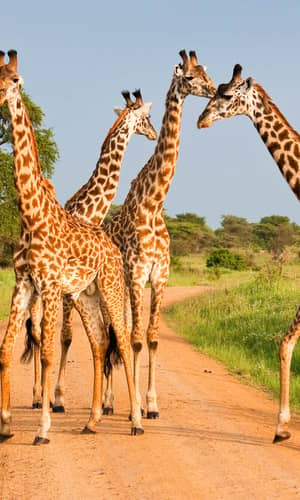The peer-reviewed articles on this page look at animals from the perspective of a recent creation within a biblical framework.

Microraptor: A Systematic View of Its Three Species: Cranial Elements
Dr. Gabriela Haynes • Sept. 10, 2025
The result of this analysis can contribute to the ongoing debate about whether those anatomical structures support a dinosaurian or a bird classification.
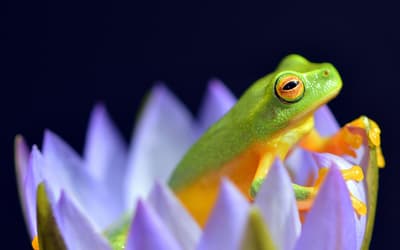
Initial Amphibian Molecular Baraminology Based on Analysis of the Mitochondrial Genome and Genome Size
Matthew Cserhati • Aug. 13, 2025
The present study analyzed the mitochondrial genome of 362 amphibian species from the National Center for Biotechnology Information Database.

Defining Holobaramins of Order Galliformes Using Molecular Data
Marshall Jordan , et. al. • Aug. 6, 2025
The astonishing creative genius and power of God are displayed by the wonderful creatures he has made, especially the birds.

Center of Gravity Distinction Between Birds and Theropod Dinosaurs
Kevin Hadsall • July 2, 2025
Since the claimed transition of dinosaurs to birds necessitates that a land-based creature developed the ability to fly, aeronautical considerations such as center of gravity should be considered.
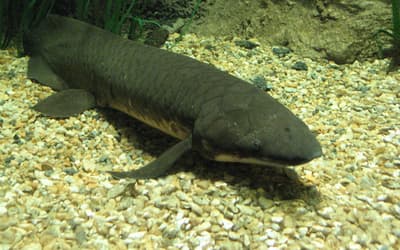
Lungfishes—Transitional Species, Fish, Amphibian, or Something Else?
Matthew Cserhati • May 7, 2025
Many modern fish are obligate air breathers, yet they are not on the alleged trajectory between sea and land organisms.

Biochemistry of Dinofuzz: Feathers, Filaments, Fuzz, or Folly?
Harry F. Sanders, III • March 5, 2025
The evidence of feathers is limited to filaments or fibers in many fossils. It is these filaments that will be the focus of this paper.

Molecular and Morphological Baraminology of Xenarthra
Matthew Cserhati • Feb. 19, 2025
Xenarthra represents an apobaramin within which several holobaramins may be discerned, using both mitochondrial DNA and morphological data.

Were Horses Designed to Be Ridden?
Caleb Harrier • Jan. 29, 2025
Were horses designed to be ridden? This is a question which, surprisingly, has been overlooked until more recent years.

To the Ark, and Back Again? Using the Marsupial Fossil Record to Investigate the Post-Flood Boundary: A Reply
Chad Arment • Jan. 8, 2025
Chad Arment responds to Nathan Mogk’s 2025 critique of his 2020 marsupial migration model.

To the Ark, and Back Again? Using the Marsupial Fossil Record to Investigate the Post-Flood Boundary: A Comment
Nathan W. Mogk • Jan. 8, 2025
Nathan Mogk questions Chad Arment’s 2020 marsupial migration model.

Are Birds Dinosaurs? A Critical Analysis of Fossil Findings
Reinhard Junker • April 24, 2024
The putative descent of birds from dinosaurs has become established as one of the most popular evolutionary transitions.
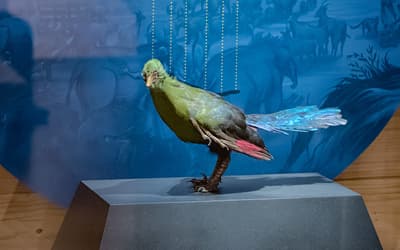
Response to “The Debate over Classification of Archaeopteryx as a Bird”
Matthew McLain , et. al. • Dec. 6, 2023
Matthew McLain, Dr. Marcus Ross, Matt Petrone, Noël Lay, and Matthew Speights take issue with Dr. Gabriela Haynes’ 2022 discussion of the difference between birds and dinosaurs.

Reply to the “Response to ‘The Debate over Classification of Archaeopteryx as a Bird’”
Dr. Gabriela Haynes • Dec. 6, 2023
This paper aims to address some issues raised by McLain et al. (2023) in an article titled “Response to ‘The Debate over Classification of Archaeopteryx as a Bird.’”
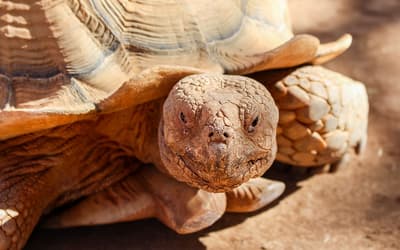
Feathered Turtles?
Matthew Cserhati • Sept. 27, 2023
Evolutionists assert that several dinosaur species had feathers, but what do the genes say?

Animal Names in the Bible: What Is Their Purpose?
Bruce Alcorn • Aug. 23, 2023
Animals were a part of His creative acts, and the purpose of this study is to shed some light upon the role they play in helping mankind to live.
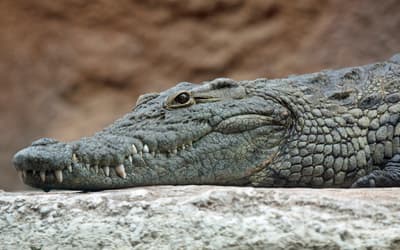
Baraminic Analysis of Crocodylia Based on Mitochondrial DNA Similarity
Matthew Cserhati • May 31, 2023
Are all crocodilians part of the same created kind, or are there multiple crocodilian kinds?

The Debate over Classification of Archaeopteryx as a Bird
Dr. Gabriela Haynes • Sept. 14, 2022
Based on several findings, no reason remains for Archaeopteryx to be classified as anything other than a bird.

The Evolution of Asexual to Sexual Reproduction: The Queen of Evolutionary Problems
Dr. Jerry Bergman • Dec. 15, 2021
The evidence is overwhelming and widely recognized by evolutionists that evolution by small steps cannot bridge the transition from asexual to sexual reproduction.

The Grand Canyon, Monument to an Ancient Earth: The Deceptions Continue
Dr. Terry Mortenson • Dec. 2, 2020
The Grand Canyon, Monument to Ancient Earth? rejects the truth of Genesis regarding the Flood and the age of the earth.
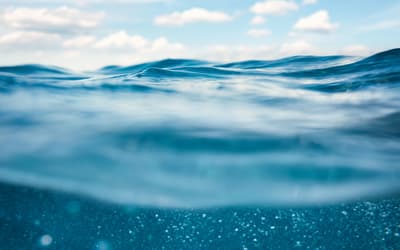
Implications of Creation Biology for a Neogene-Quaternary Flood/Post-Flood Boundary
Chad Arment • Nov. 4, 2020
While several current Flood models posit an Upper Cenozoic Flood Boundary, none of them address the problem of biblical kinds and their relationship Genesis.
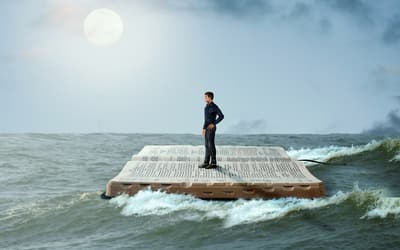
Inerrancy and Biblical Authority: How and Why Old-Earth Inerrantists Are Unintentionally Undermining Inerrancy
Dr. Terry Mortenson • Sept. 16, 2020
The old-earth signers of the CSBInerrancy unintentionally violated their own principles of interpretation and unintentionally undermined the inerrancy and the authority of Scripture.

It’s for the Birds: Avian Fine-Tuning of Flood Chronology
Dr. Steven W. Boyd • Aug. 26, 2020
Genesis 8:5–13 reveals the character of Noah and delimits the time of the water’s becoming powerful to between 16 and 23 days after the Flood began.

Effects of the Fall on the Physical Creation: A Biblical Analysis
Zachary Klein , et. al. • Aug. 12, 2020
To interpret the natural world through the lens of Scripture, one must have a correct understanding of the Fall and its effects on the physical creation.

To the Ark, and Back Again? Using the Marsupial Fossil Record to Investigate the Post-Flood Boundary
Chad Arment • April 8, 2020
There is no debate as contentious as the post-Flood boundary issue within creation science.

Refuting Dubious Claims Regarding Natural Selection
Dr. Jason Lisle • Dec. 5, 2018
Randy Guliuzza has made some controversial claims regarding the cause and nature of adaptation of organisms to their environment. We examine his claims.

Response to “Still No Replacement of Darwin: A Reply to Nathaniel Jeanson’s Response to My Review of Replacing Darwin—The New Origin of Species”
Dr. Nathaniel T. Jeanson • Nov. 21, 2018
Frello’s recent critique is helpful progress in our discussion, and it argues for the strength of the science in Replacing Darwin.

Fossil Grove and other Paleozoic Forests as Allochthonous Flood Deposits
Kurt P. Wise • Nov. 7, 2018
Fossil Grove offers multiple evidences in support of a huge forest biome floating atop the world’s pre-Flood oceans.

Living Evidence of a Global Catastrophe: How Microbial Biogeography Supports Noah’s Flood
Dr. Andrew Fabich • Oct. 17, 2018
The biblical account of Noah’s Flood provides an update to modern microbial biogeography and modern creation apologetics.

Comparison of 18,000 De Novo Assembled Chimpanzee Contigs to the Human Genome Yields Average BLASTN Alignment Identities of 84%
Jeffrey P. Tomkins • Sept. 5, 2018
Results from this study negate the concept of the 98.5% DNA similarity myth and highlight the extremely flawed and humanized nature of the panTro4 version of the chimpanzee genome.
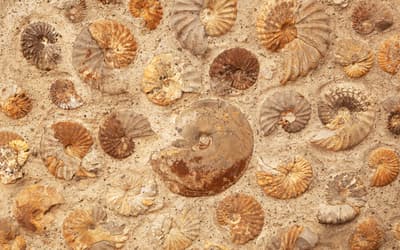
A Preliminary Cephalopod Baraminology Study Based on the Analysis of Mitochondrial Genomes and Morphological Characteristics
Jean O’Micks • Aug. 22, 2018
Cephalopods, including octopuses, squids, cuttlefish, and nautiluses, are underrepresented in both genome sequencing projects as well as baraminology studies.
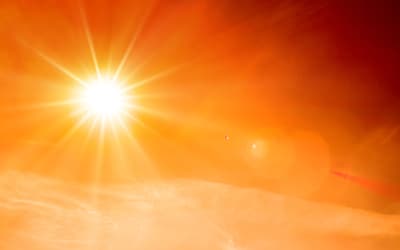
Heat Problems Associated with Genesis Flood Models—Part 1: Introduction and Thermal Boundary Conditions
William Worraker • July 11, 2018
The Genesis Flood produced drastic geological changes involving extremely energetic processes which also generated an enormous heat load.
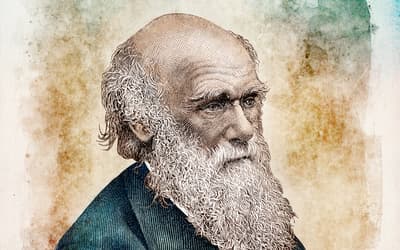
Response to “No Replacement of Darwin: A Review of Replacing Darwin—The New Origin of Species”
Dr. Nathaniel T. Jeanson • April 25, 2018
Ironically, Frello has actually done me a great favor; his review ends up bolstering my original claims.

No Replacement of Darwin
Stefan Frello • April 25, 2018
Jeanson takes on a formidable task: To show that the theory of evolution is wrong, and to replace it with biblical creation. To make it short: Jeanson fails.
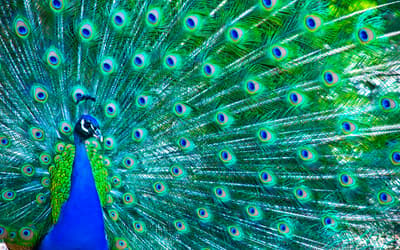
The Origin of Beauty: Contrasting the Handicap Hypothesis and Design Theory
David Woetzel • Dec. 13, 2017
Why should there be such “gratuitous beauty”? The plethora of extravagant biological characteristics prominently call out for an explanation.

The Stegosaur Engravings at Ta Prohm
David Woetzel • Sept. 13, 2017
Artwork at Cambodia’s Angkor Wat temple appears to depict a dinosaur. Though the engraving is “stegosaur-like,” this interpretation has been criticized.
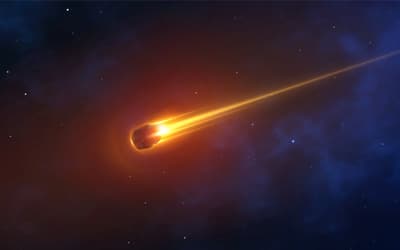
Do the Data Support a Large Meteorite Impact at Chicxulub?
Dr. Timothy L. Clarey • March 8, 2017
The evidence for a large impact at Chicxulub may not be as strong as generally believed. A case can also be made that there was no impact.
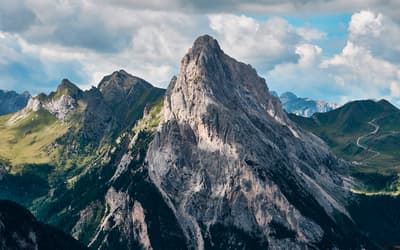
Scriptural Geology, Then and Now
Warren H. Johns • Nov. 30, 2016
The place of the biblical Flood in the geological record remains one of the most hotly debated issues among creationist geologists today.

A Baraminic Study of the Blood Flukes of Family Schistosomatidae
Dr. Matthew E. Ingle , et. al. • June 24, 2015
This paper aims to determine the number of created kinds in this family of parasites, the original hosts, and what produced current species.

An Initial Estimation of the Numbers and Identification of Extant Non-Snake/Non-Amphisbaenian Lizard Kinds: Order Squamata
Tom Hennigan • April 8, 2015
This paper is meant to lay creation groundwork for lizard systematics with the goal of estimating the number of baramins brought on the Ark.

Determining Average Dinosaur Size Using the Most Recent Comprehensive Body Mass Data Set
Dr. Timothy L. Clarey , et. al. • Feb. 18, 2015
Most literature states the average dinosaur was only the size of a sheep. This paper hopefully assists creationists base statements on the best available data.
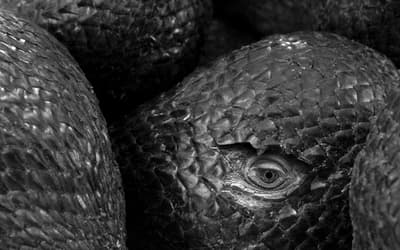
Discerning Tyrants from Usurpers: A Statistical Baraminological Analysis of Tyrannosauroidea Yielding the First Dinosaur Holobaramin
M. Aaron • Nov. 26, 2014
In this study, I analyzed a theropod dinosaur group, Tyrannosauroidea, through the use of statistical baraminology.
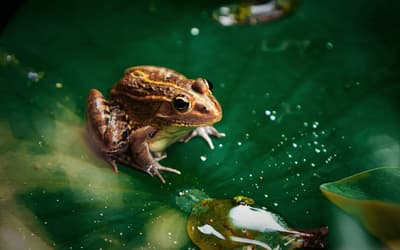
Fossil Baramins on Noah’s Ark: The “Amphibians”
Dr. Marcus Ross • Sept. 17, 2014
When added to previously determined kinds of extant anurans, caudates, and gymnophionans, a total of 248 amphibian kinds may have been brought on board the Ark.
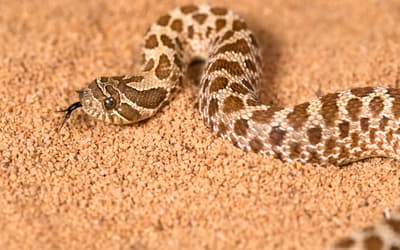
An Initial Estimate toward Identifying and Numbering Extant Tuatara, Amphisbaena, and Snake Kinds
Tom Hennigan • Feb. 19, 2014
The purpose of this paper is to use all available information in order to make an initial estimate of the identification and numbers of extant Lepidosaur kinds, except for the “lizards.”
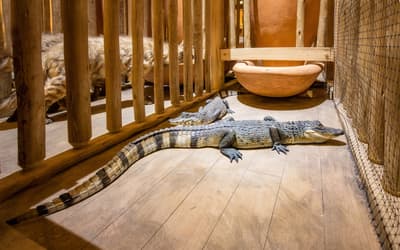
An Initial Estimate toward Identifying and Numbering the Ark Turtle and Crocodile Kinds
Tom Hennigan • Jan. 8, 2014
Biosystematics is in great flux today because of the plethora of genetic research continually shedding light on organism relationships.

Recent, Functionally Diverse Origin for Mitochondrial Genes from ~2700 Metazoan Species
Dr. Nathaniel T. Jeanson • Dec. 11, 2013
The young-earth creation model currently lacks a robust explanation for molecular diversity.
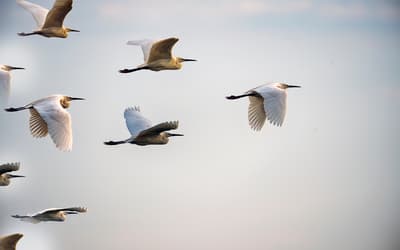
An Initial Estimate of Avian Ark Kinds
Dr. Jean Lightner • Nov. 27, 2013
This paper will focus on identifying extant bird kinds.
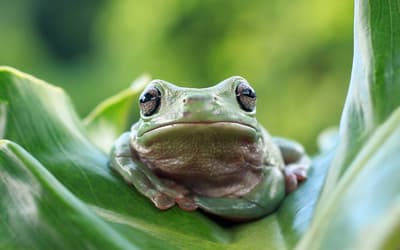
An Initial Estimate Toward Identifying and Numbering the Frog Kinds on the Ark: Order Anura
Tom Hennigan • Oct. 2, 2013
It is estimated that 140 extant Anuran kinds were brought on the Ark.
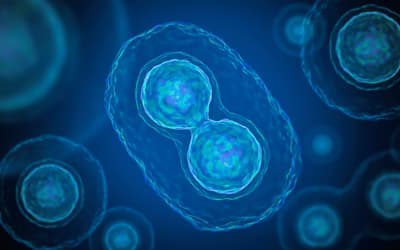
Chimeras, Cybrids, and Hybrids: A Christian’s Observations and Critique of Some Aspects of the Controversy Involving the Mixing of Human and Animal Materials for Scientific Research
Callie Joubert • Sept. 18, 2013
On July 22, 2011, some readers of the Daily Mail UK were stunned by news that “Scientists have created more than 150 human-animal embryos in British laboratories.”
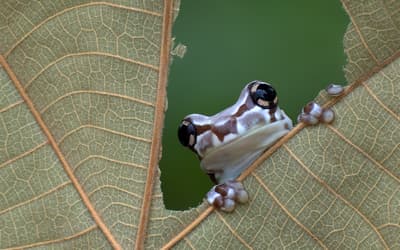
An Initial Estimate Toward Identifying and Numbering Amphibian Kinds within the Orders Caudata and Gymnophiona
Tom Hennigan • Jan. 23, 2013
An initial attempt to count and identify biblical kinds in amphibian orders Caudata and Gymnophiona were estimated using current information and several key assumptions and guidelines.

Mammalian Ark Kinds
Dr. Jean Lightner • Oct. 31, 2012
Information on the class Mammalia was evaluated in an attempt to get a realistic estimate of what mammalian kinds would have been represented on the Ark.
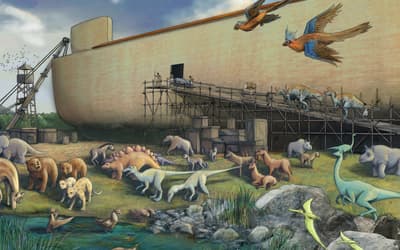
Determining the Ark Kinds
Dr. Jean Lightner , et. al. • Aug. 1, 2014
This research effort provides information necessary for the best possible reconstruction of the animal kinds preserved on the Ark for the Ark Encounter.

Created Kinds and Essential Natures: A Biblical and Philosophical Response to Evolutionists
Callie Joubert • July 27, 2011
Assuming that “natural kind” is a merely biological rather than metaphysical would be a mistake, resulting in Christians having difficulty evaluating and correcting rival views to created kinds.
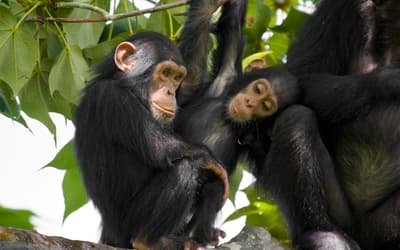
How Genomes are Sequenced and Why it Matters: Implications for Studies in Comparative Genomics of Humans and Chimpanzees
Jeffrey P. Tomkins • June 22, 2011
When evaluating comparisons between genomes using DNA sequence, it is important to understand the nature of how that sequence was obtained and bioinformatically manipulated before drawing conclusions.

Toward an Accurate Model of Variation in DNA
Mitchel Soltys • March 2, 2011
The Bible’s description of created kinds implies an information model which uses variables. The findings in this paper show that a model which uses variables forms a basis for understanding biology.

More Abundant than Stars
Dr. Georgia Purdom , et. al. • Sept. 23, 2009
Microbes form a life-sustaining organosubstrate on earth and contribute to our understanding of geology, ecology, and biology.
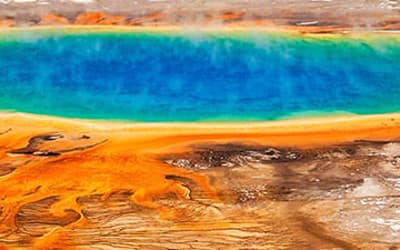
Louis Pasteur’s Views on Creation, Evolution, and the Genesis of Germs
Dr. Alan L. Gillen , et. al. • Dec. 27, 2020
Shortly after Darwin published On the Origin of Species, Pasteur began to challenge the idea of spontaneous generation.

Microbes and the Days of Creation
Dr. Alan L. Gillen • Jan. 16, 2008
The world of germs and microbes has received much attention in recent years. But where do microbes fit into the creation account?

Proceedings of the Microbe Forum, June 2007
Dr. Joe Francis , et. al. • Jan. 9, 2008
For many years the roles of microbes as part of God’s wonderful design have been neglected. Perhaps it is because many people associate microbes as the cause of death, disease, and suffering.
Animals in Answers Research Journal
An animal is a living, non-human organism in the kingdom Animalia. Animals are characterized (generally speaking) by sexual reproduction, aerobic respiration, and the ability to move. They are broadly divided into “vertebrate” (having a backbone) and “invertebrate” (lacking a backbone). Animals are seen across the globe, both in and out of water, and provide a wealth of opportunity for study. Many researchers study animals based on their evolutionary presuppositions, using them as examples of evolutionary processes and proof of evolutionary theory. Evolutionists categorize humans as animals based on their belief that humans are descended from non-human animals; we reject this idea and thus also reject the belief that humans are animals. However, humans share some physical characteristics with members of kingdom Animalia and were included in this biological classification by the creationist taxonomist Carl Linnaeus.
As recorded in Genesis chapter 1, God created animals on days five and six of the creation week after their kinds (Genesis 1:20–21, 24–25). In Genesis 6–9, God instructed Noah to bring representatives of all land animal kinds onto the Ark to protect them from being destroyed by the global flood. These biblical events provide the context for the topics listed above.
Animals provide a great opportunity to examine creation through the lens of the Bible. The papers included in this section look at animals from the perspective of the Bible along with research conducted with a biblical worldview. Each paper investigates some aspect of animals and their unique designs within the creation model.
The aim of the research papers in Answers Research Journal (ARJ) is to consider animals from the starting point of a recent creation within the biblical framework. These professional, peer-reviewed papers address issues related to animals and how they relate to other areas of science. This journal considers animals in the light of creation, the evolutionary worldview, the fossil record, natural selection, dispersion after the flood, animal kinds or baraminology, the effects of the fall of man, dinosaurs, DNA, and the uniqueness of man distinguished from animals.
